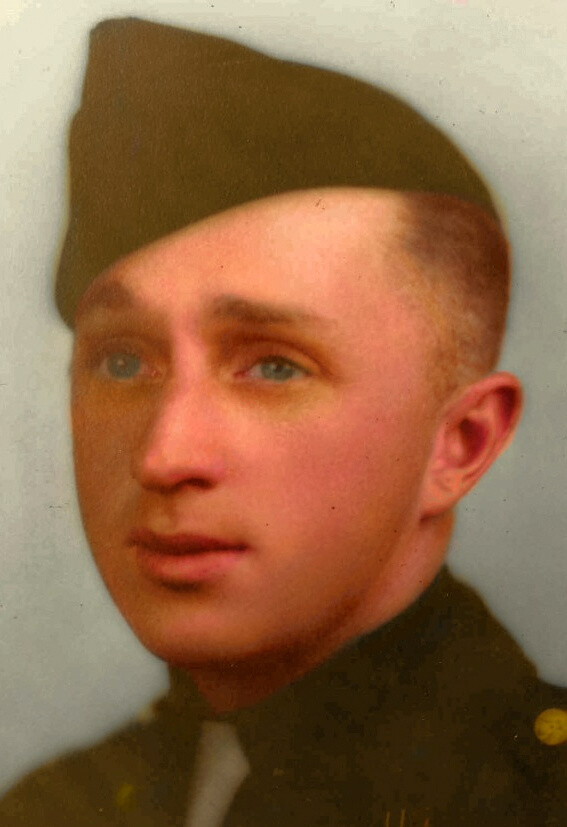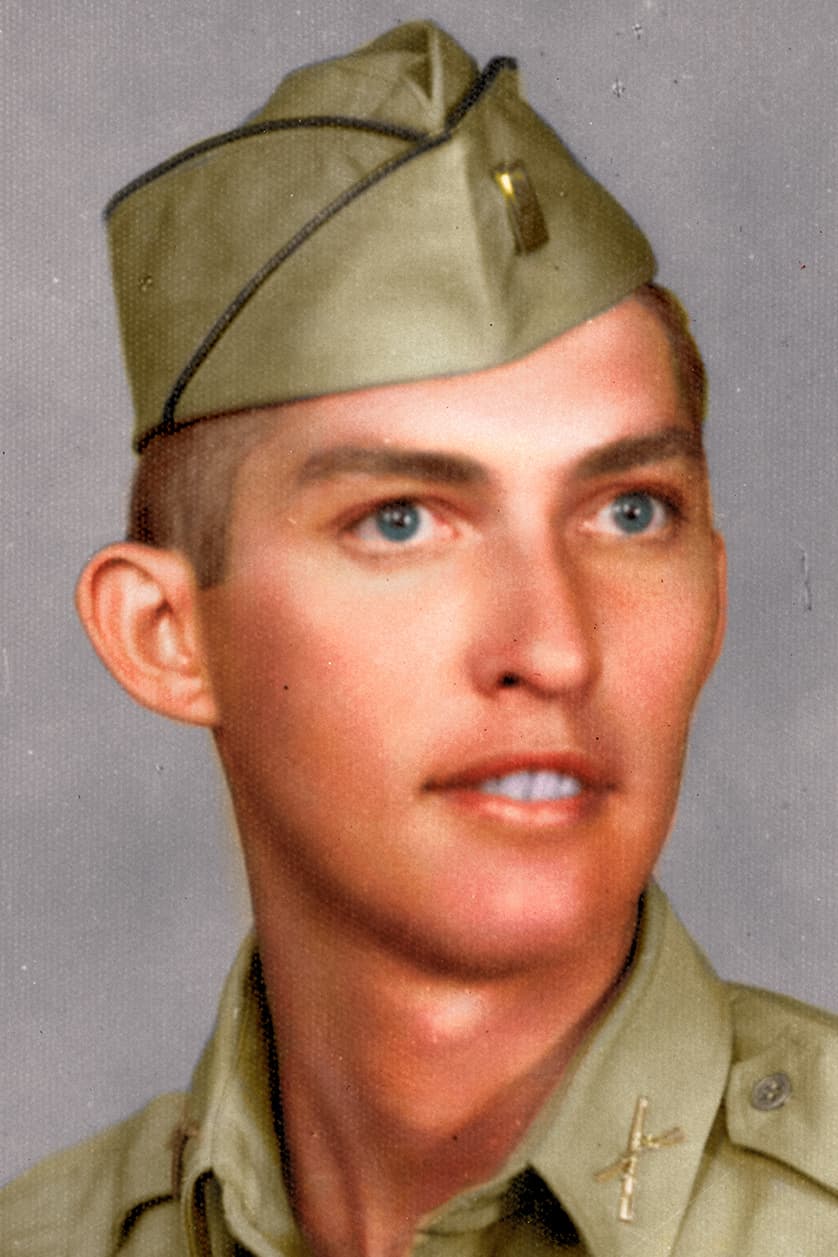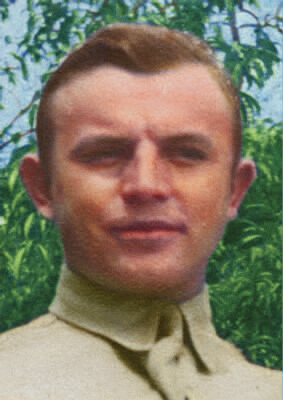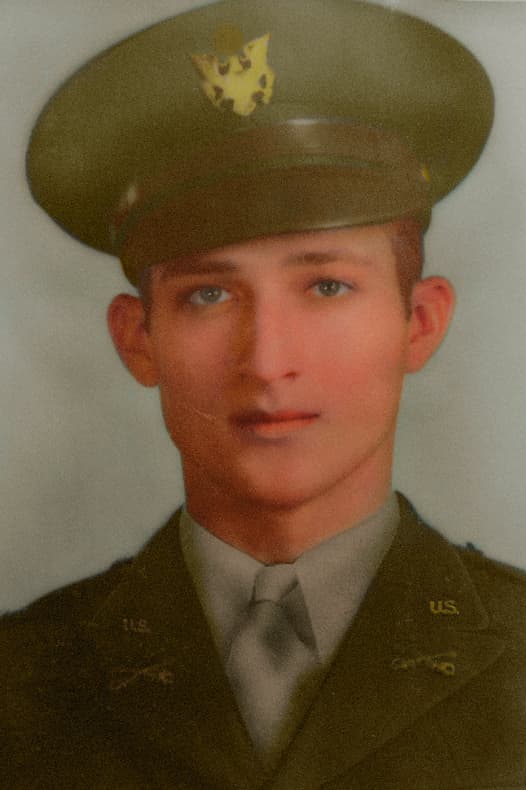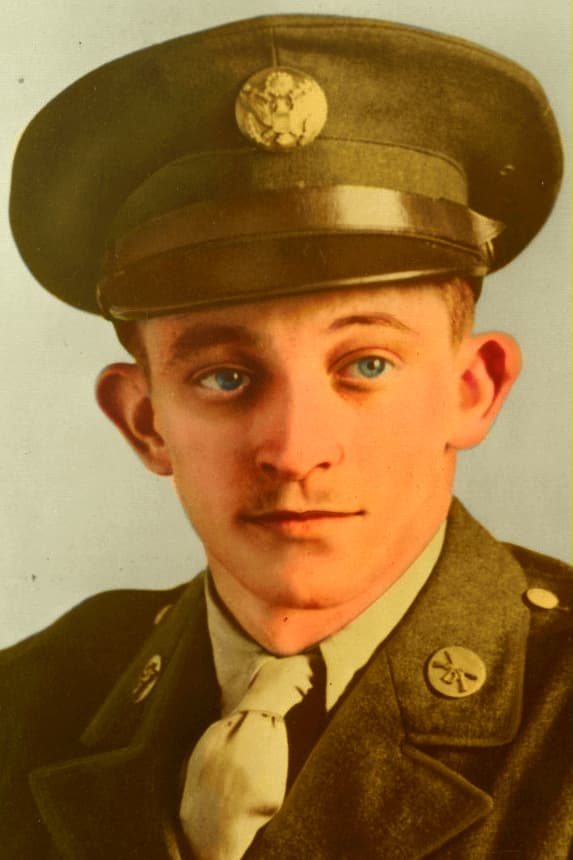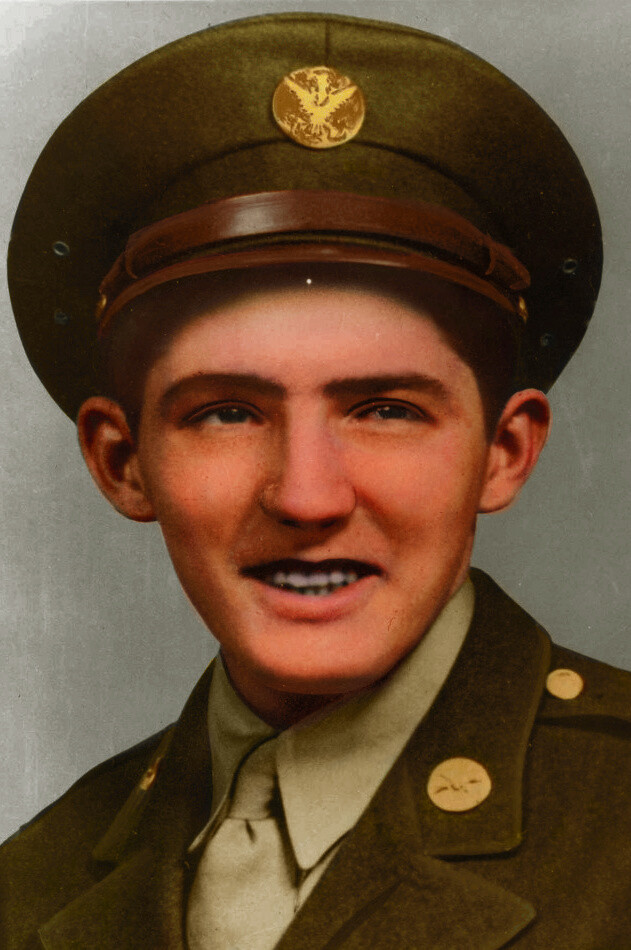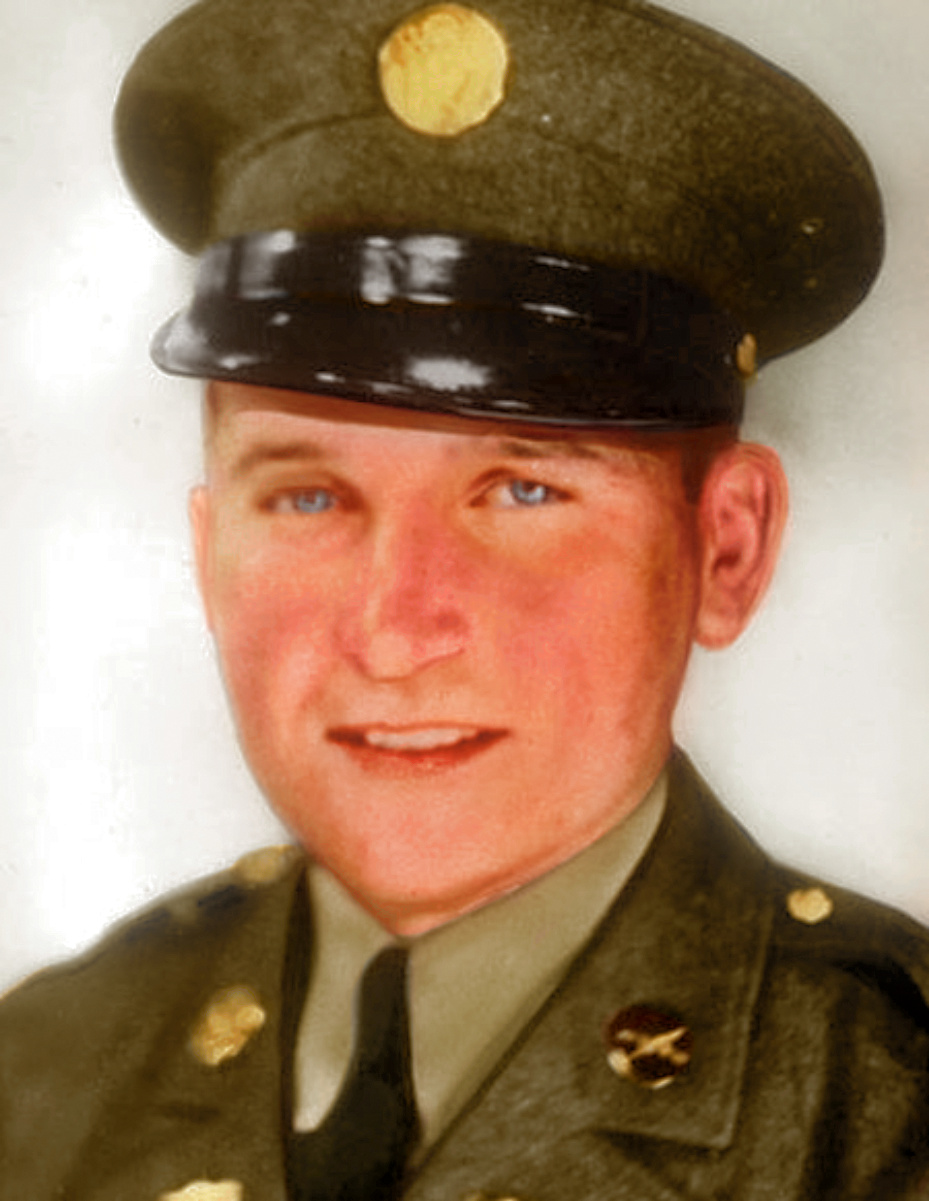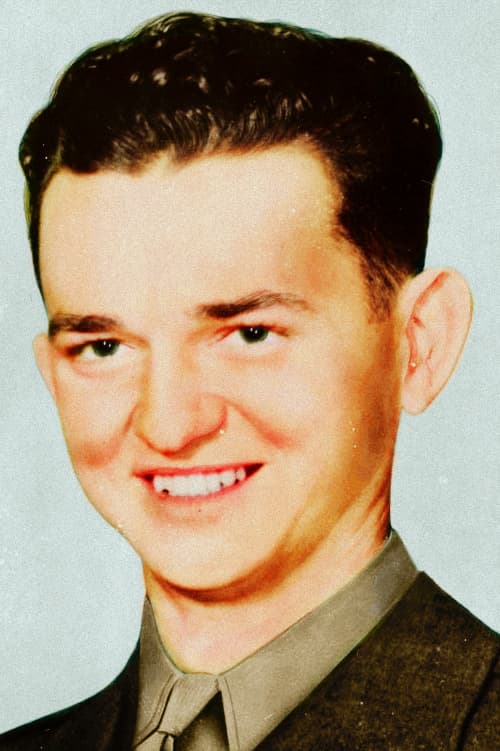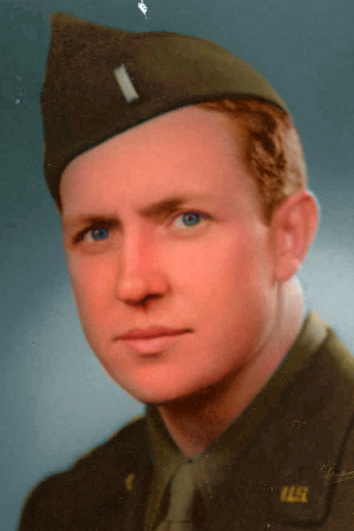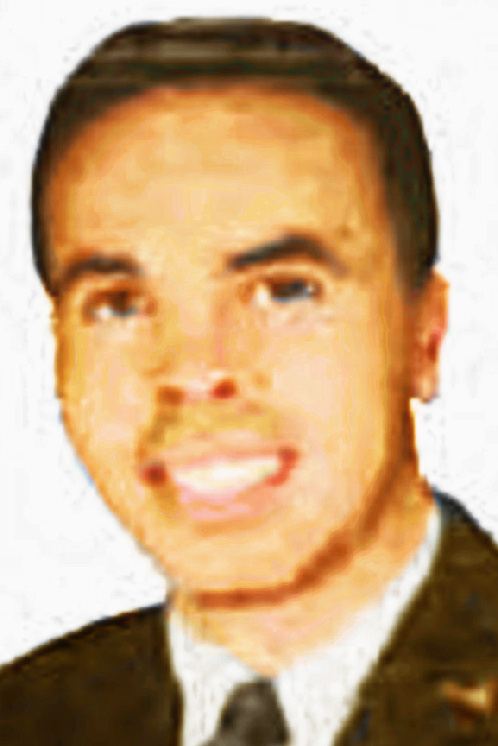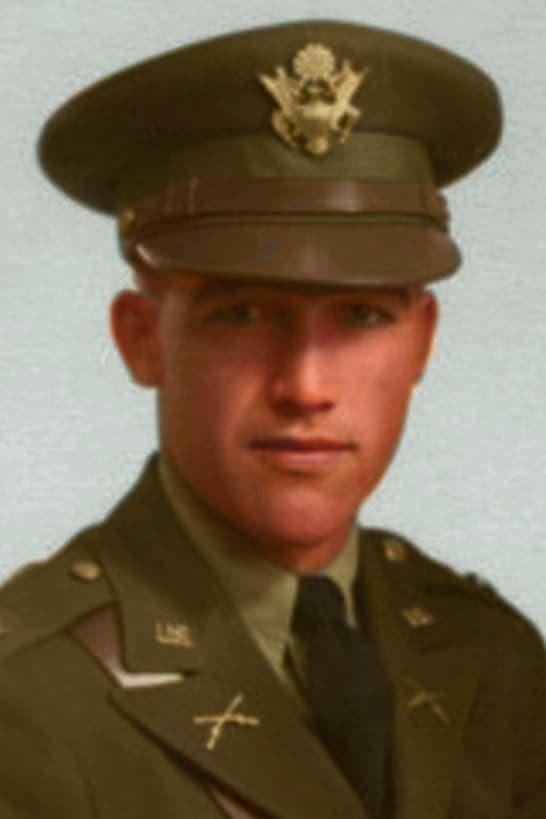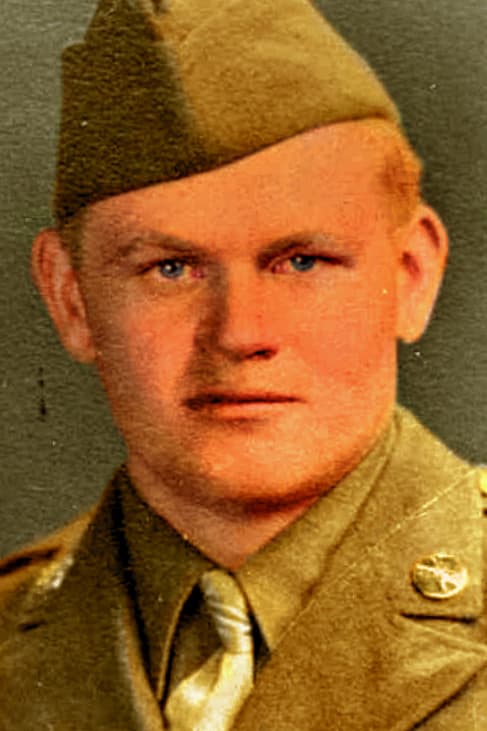2LT Charles William Shea, 22, USA (1921–1994)
Company F, 2nd Battalion, 350th Infantry Regiment, 88th Infantry Division
Near Mount Damiano, Italy
May 12, 1944
Presented December 1, 1944

The President of the United States of America, in the name of Congress, takes pleasure in presenting the Medal of Honor to 2LT Charles William Shea, United States Army, for conspicuous gallantry and intrepidity at risk of life above and beyond the call of duty, on May 12, 1944, while serving with Company F, 2nd Battalion, 350th Infantry Regiment, 88th Infantry Division, in action near Mount Damiano, Italy.
As 2LT Shea and his company were advancing toward a hill occupied by the enemy, three enemy machine guns suddenly opened fire, inflicting heavy casualties upon the company and halting its advance. 2LT Shea immediately moved forward to eliminate these machine-gun nests in order to enable his company to continue its attack. The deadly hail of machine-gun fire at first pinned him down, but boldly continuing his advance, 2LT Shea crept up to the first nest. Throwing several hand grenades, he forced the four enemy soldiers manning this position to surrender, and disarming them, he sent them to the rear. He then crawled to the second machine-gun position and after a short firefight forced two more German soldiers to surrender. At this time, the third machine gun fired at him, and while deadly small-arms fire pitted the earth around him, 2LT Shea crawled toward the nest. Suddenly he stood up and rushed the emplacement and with well-directed fire from his rifle, he killed all three of the enemy machine gunners. 2LT Shea’s display of personal valor was an inspiration to the officers and men of his company.
